May 17th - June 14th
Exhibition Reception: Saturday, May 17th, 5-7pm
Exhibition Reception: Saturday, May 17th, 5-7pm
Everything is Days
Curated by Dan Devening
Margaret Crowley
Isabel Kerkermeier
Joel Longenecker
David Moreno
Nick Ostoff
Melissa Pokorny
Curated by Dan Devening
Margaret Crowley
Isabel Kerkermeier
Joel Longenecker
David Moreno
Nick Ostoff
Melissa Pokorny
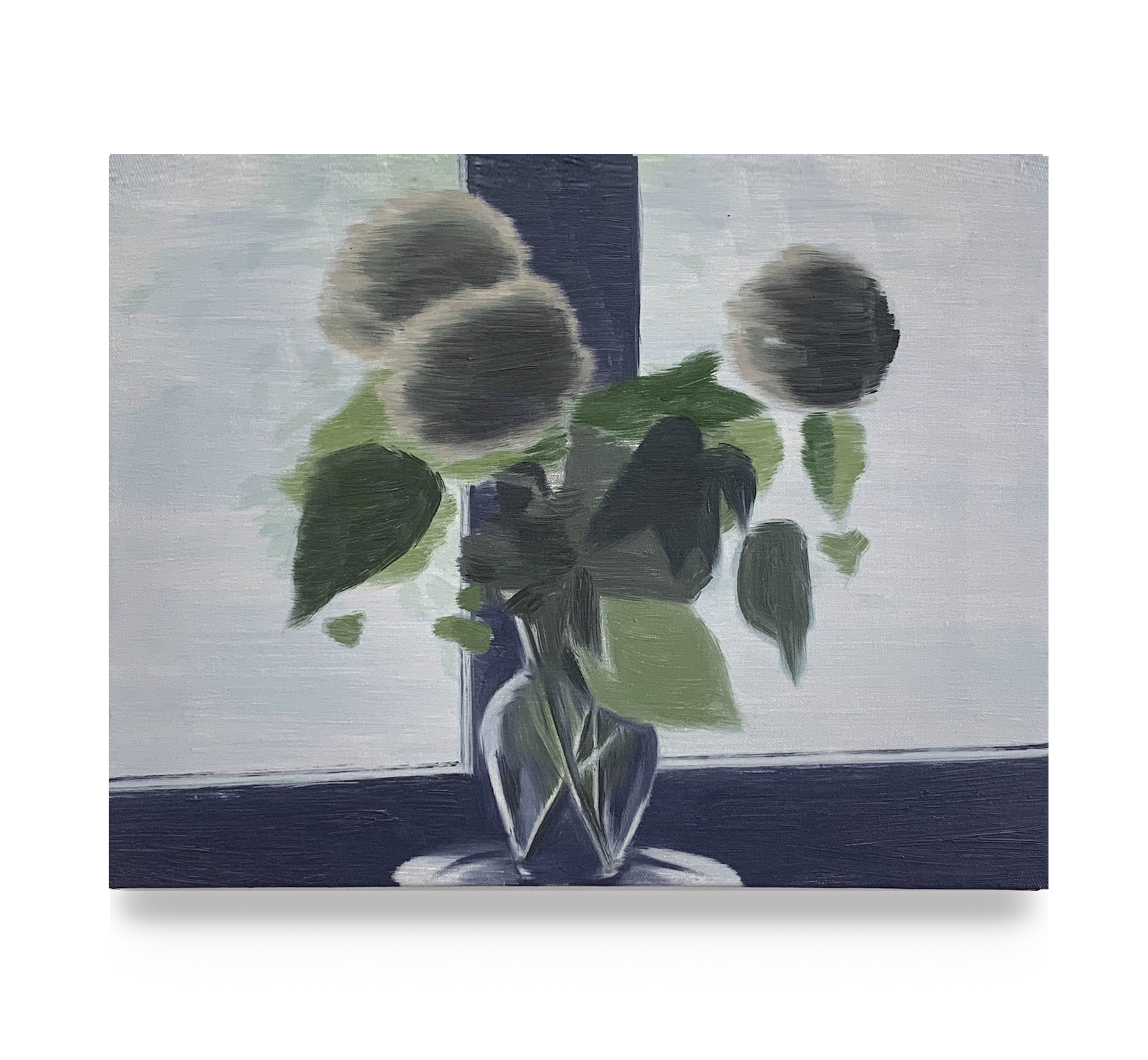




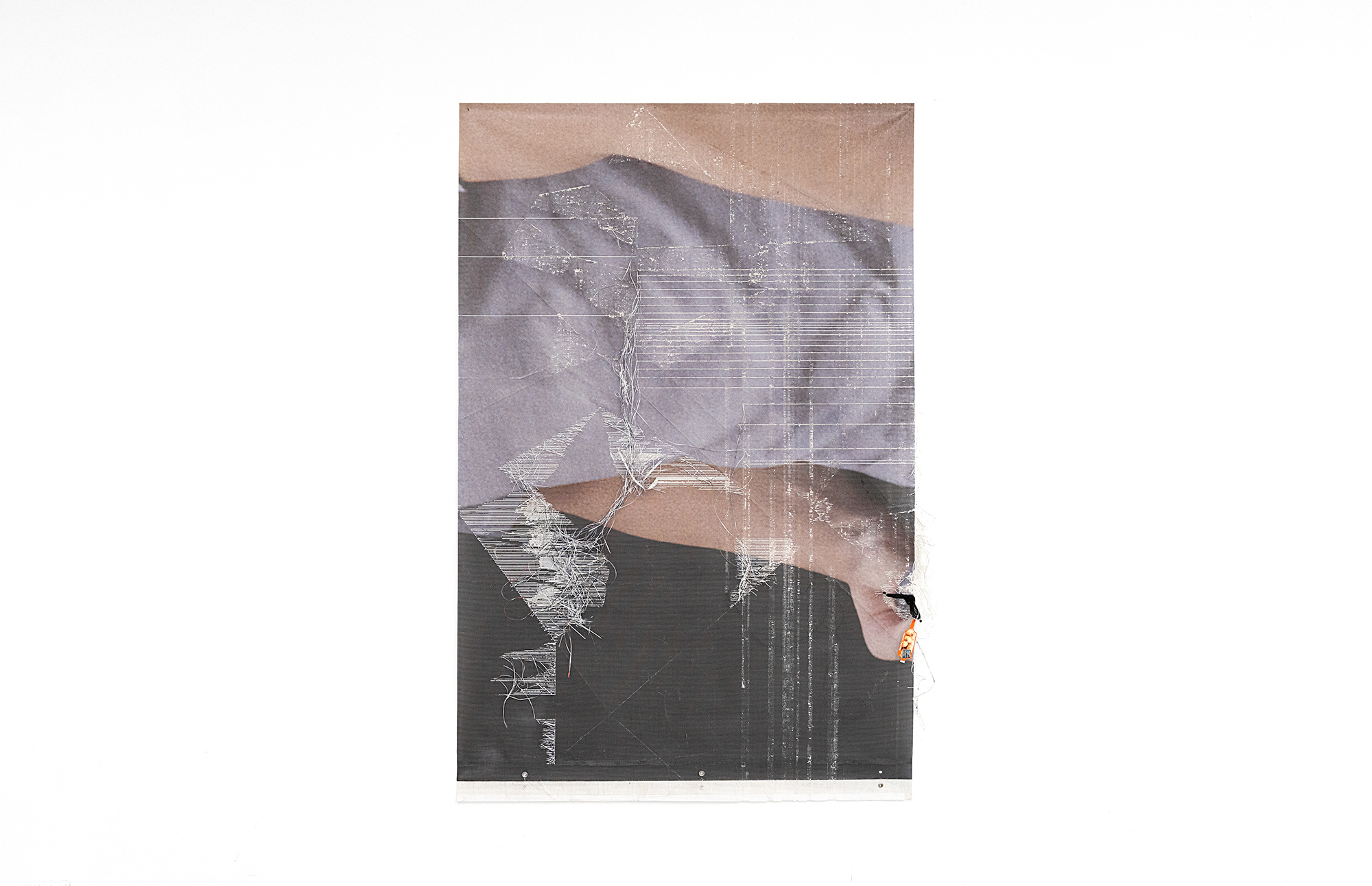
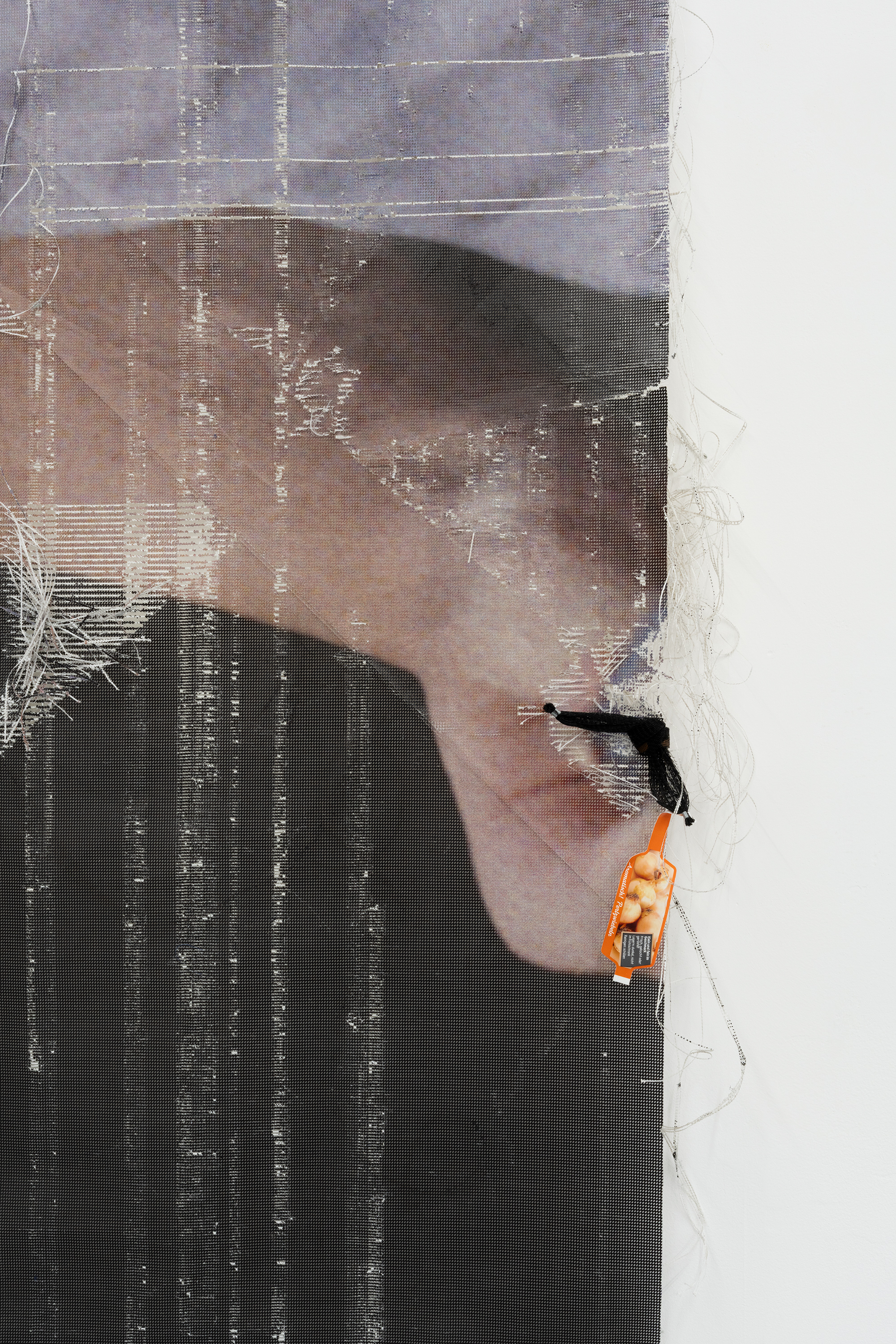
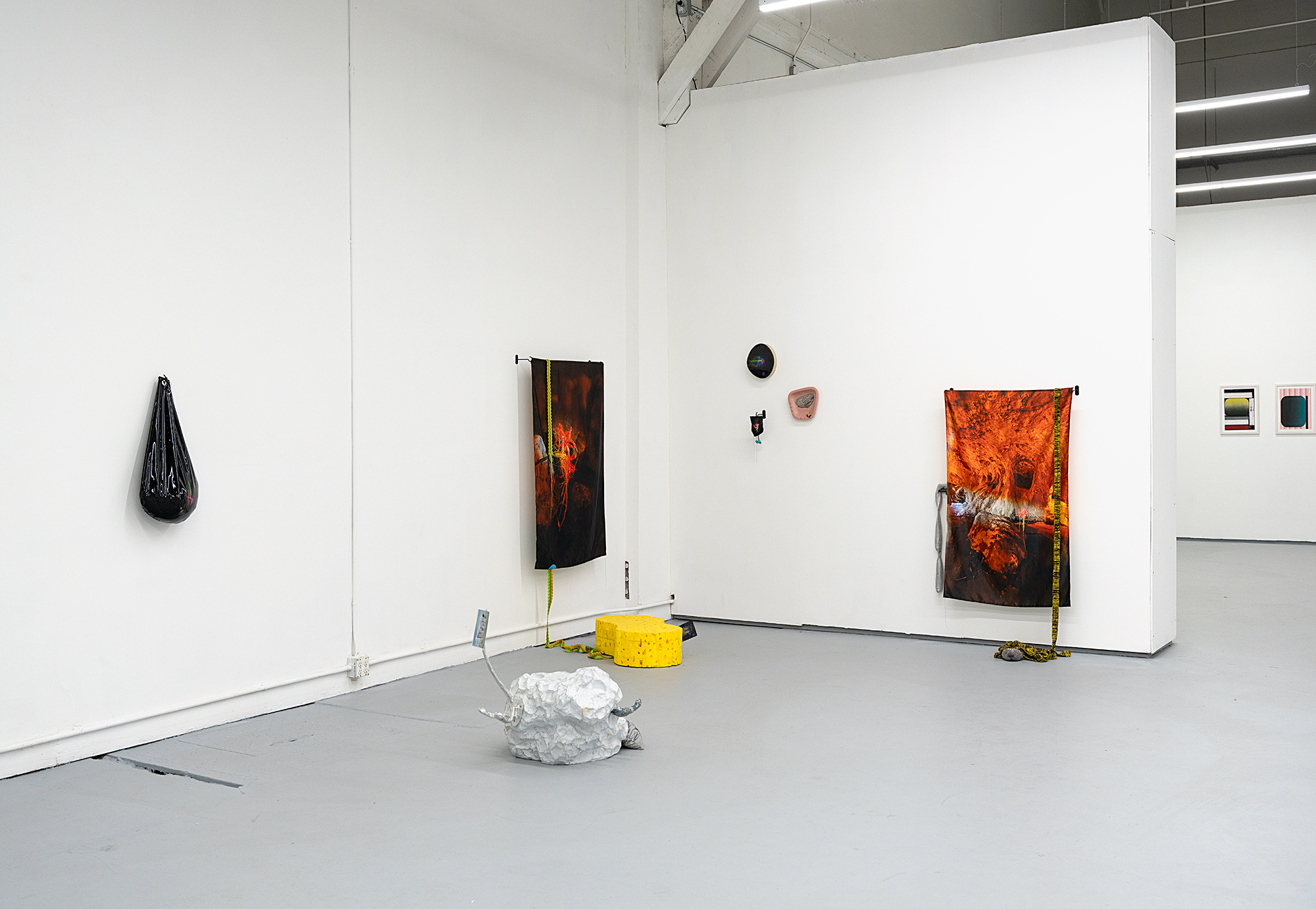


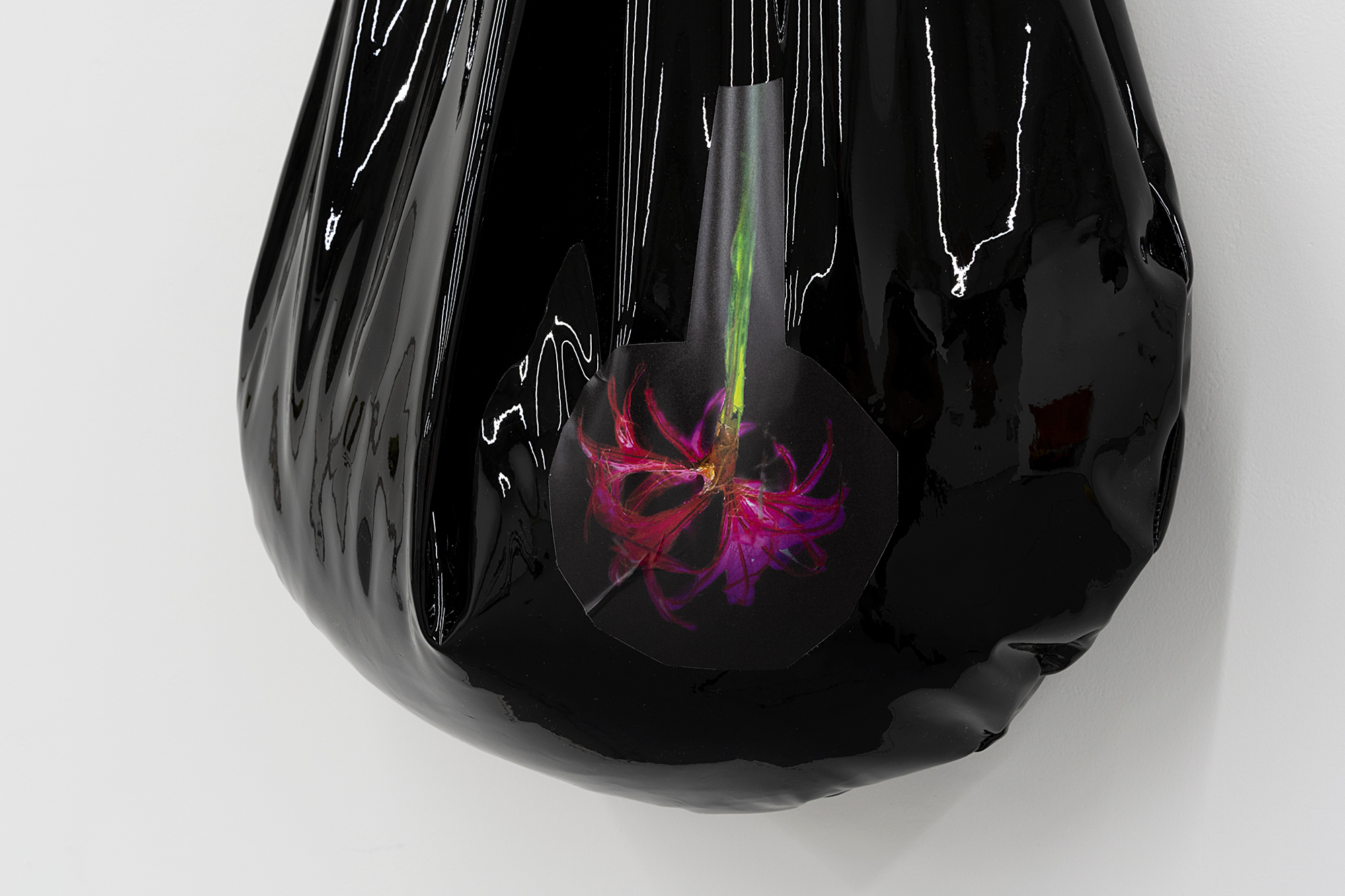

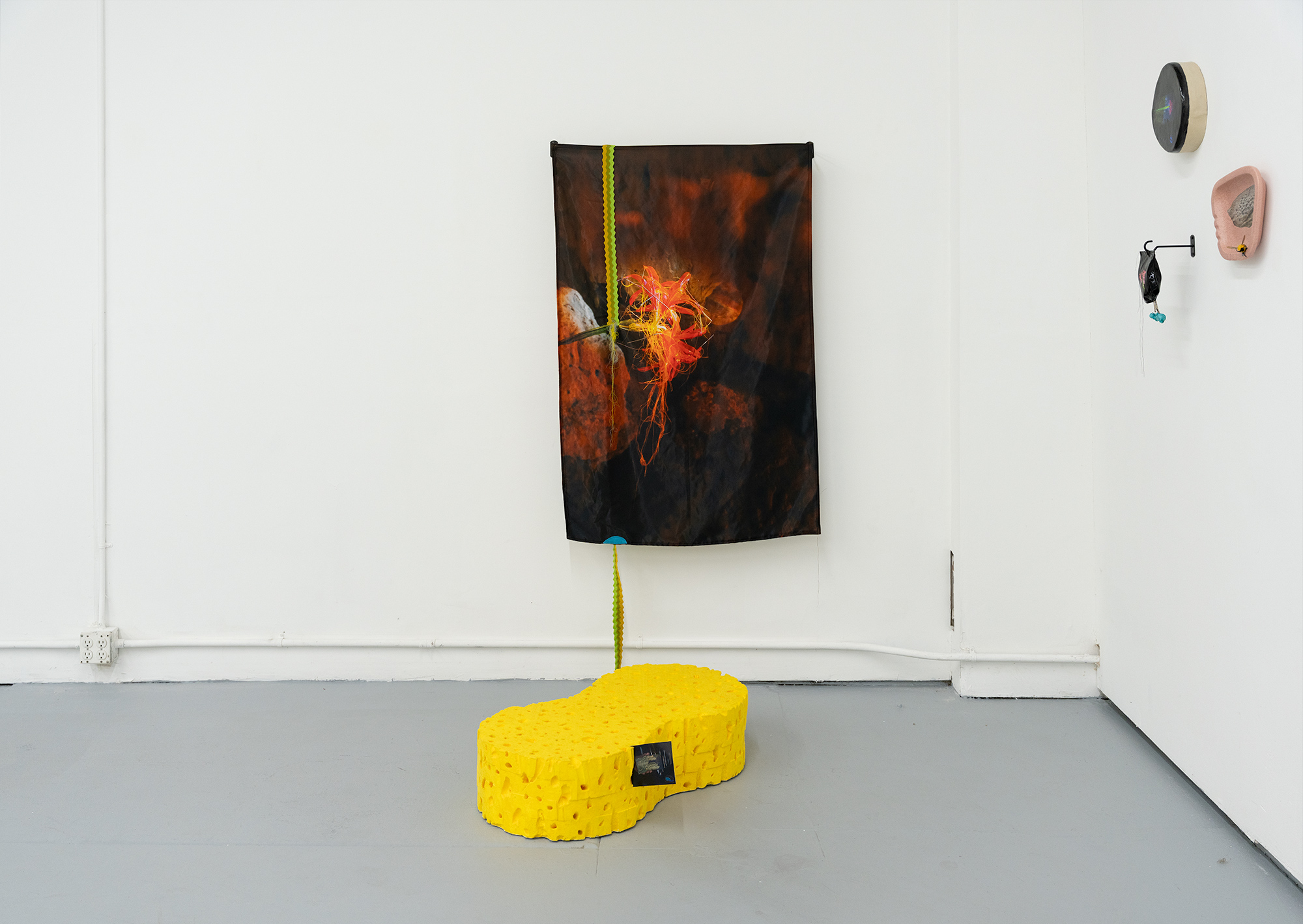

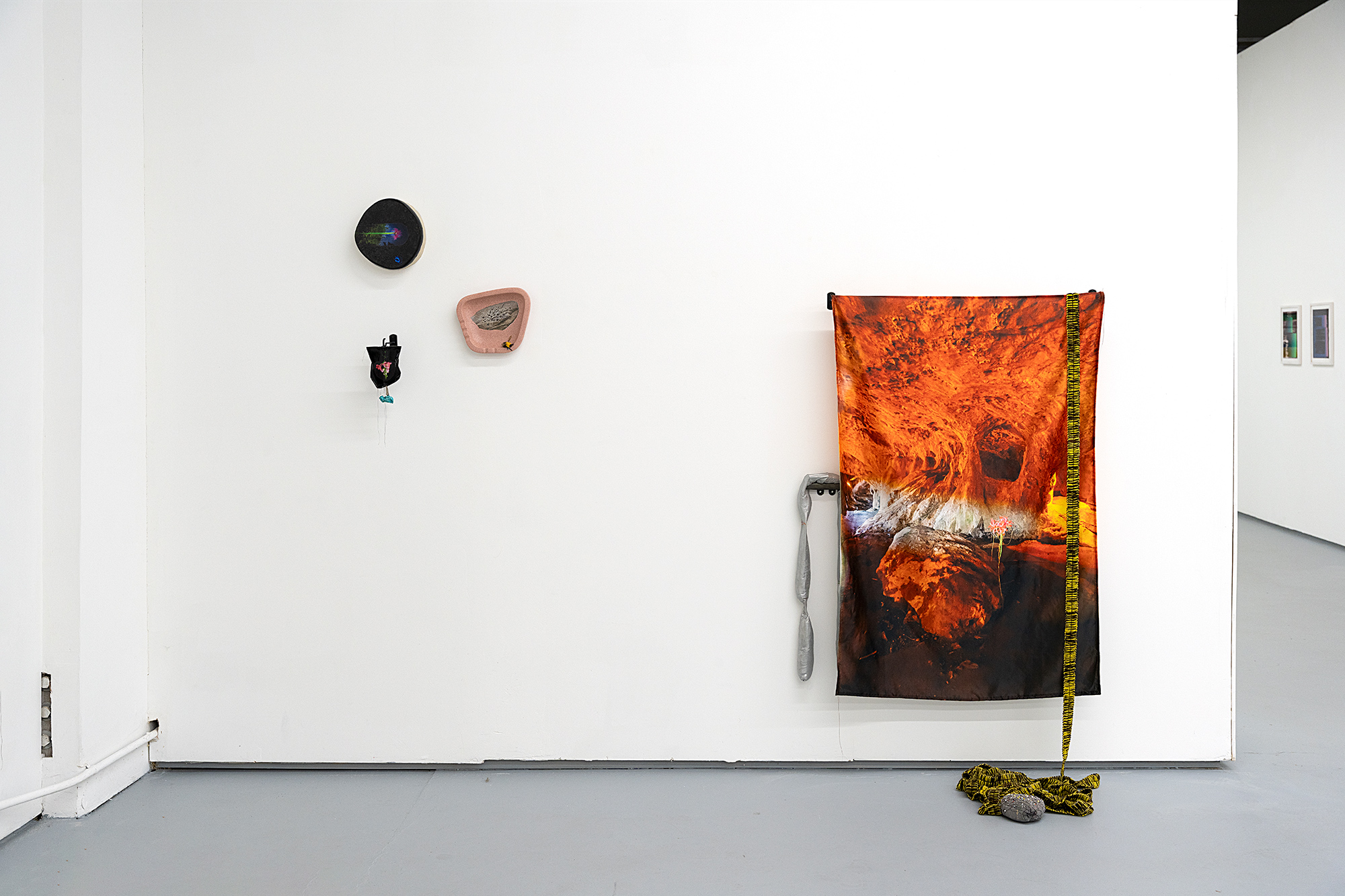
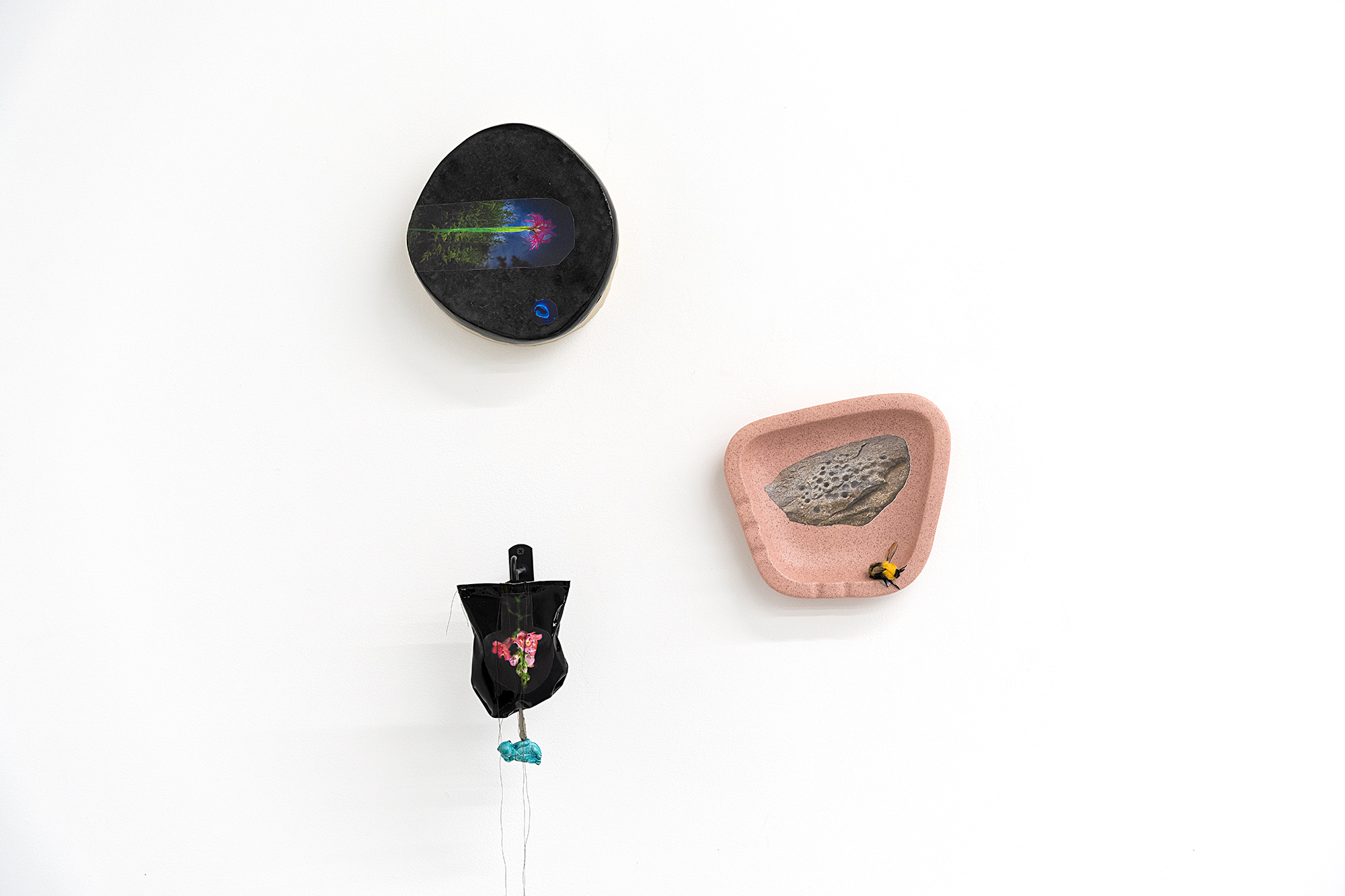







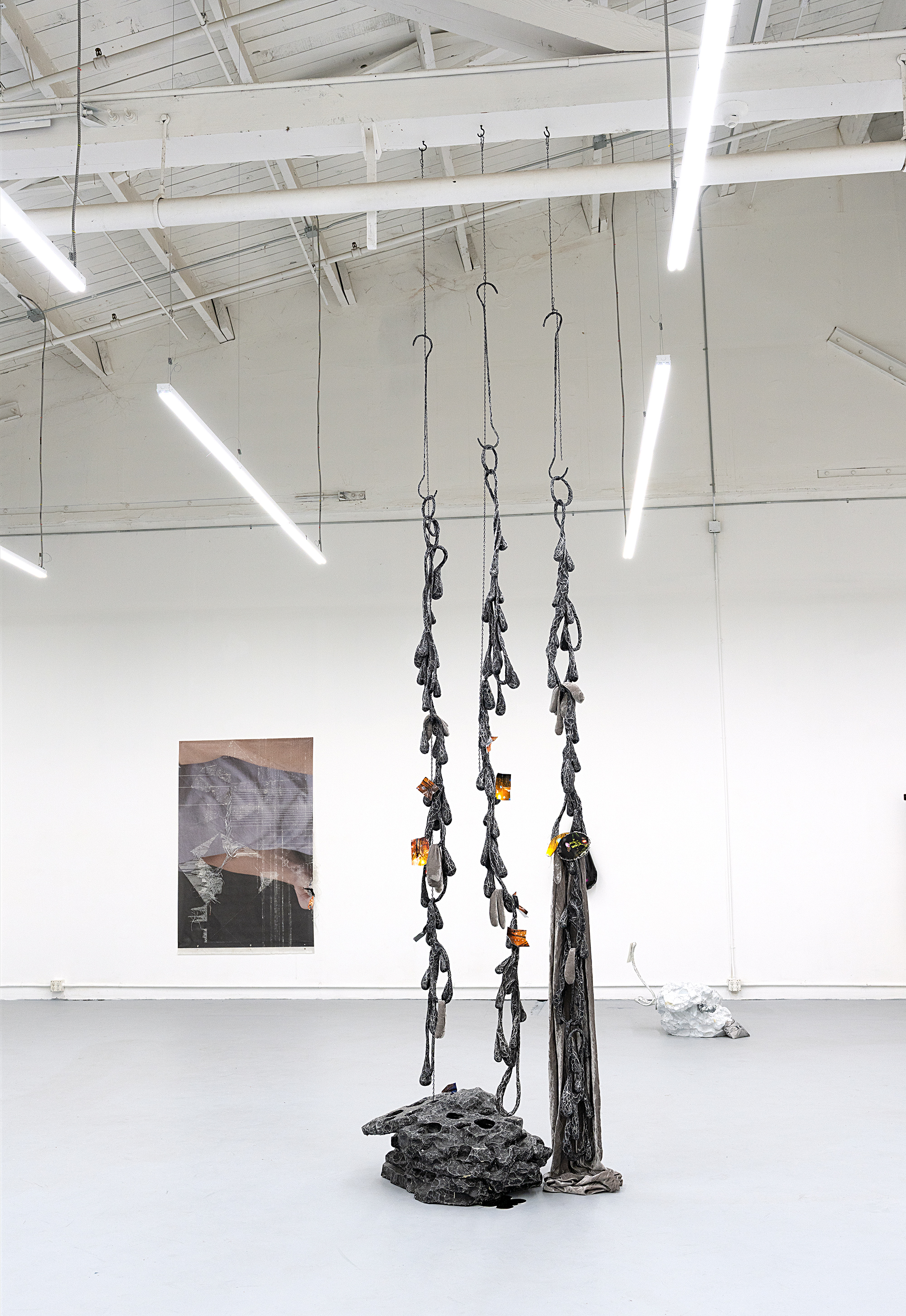
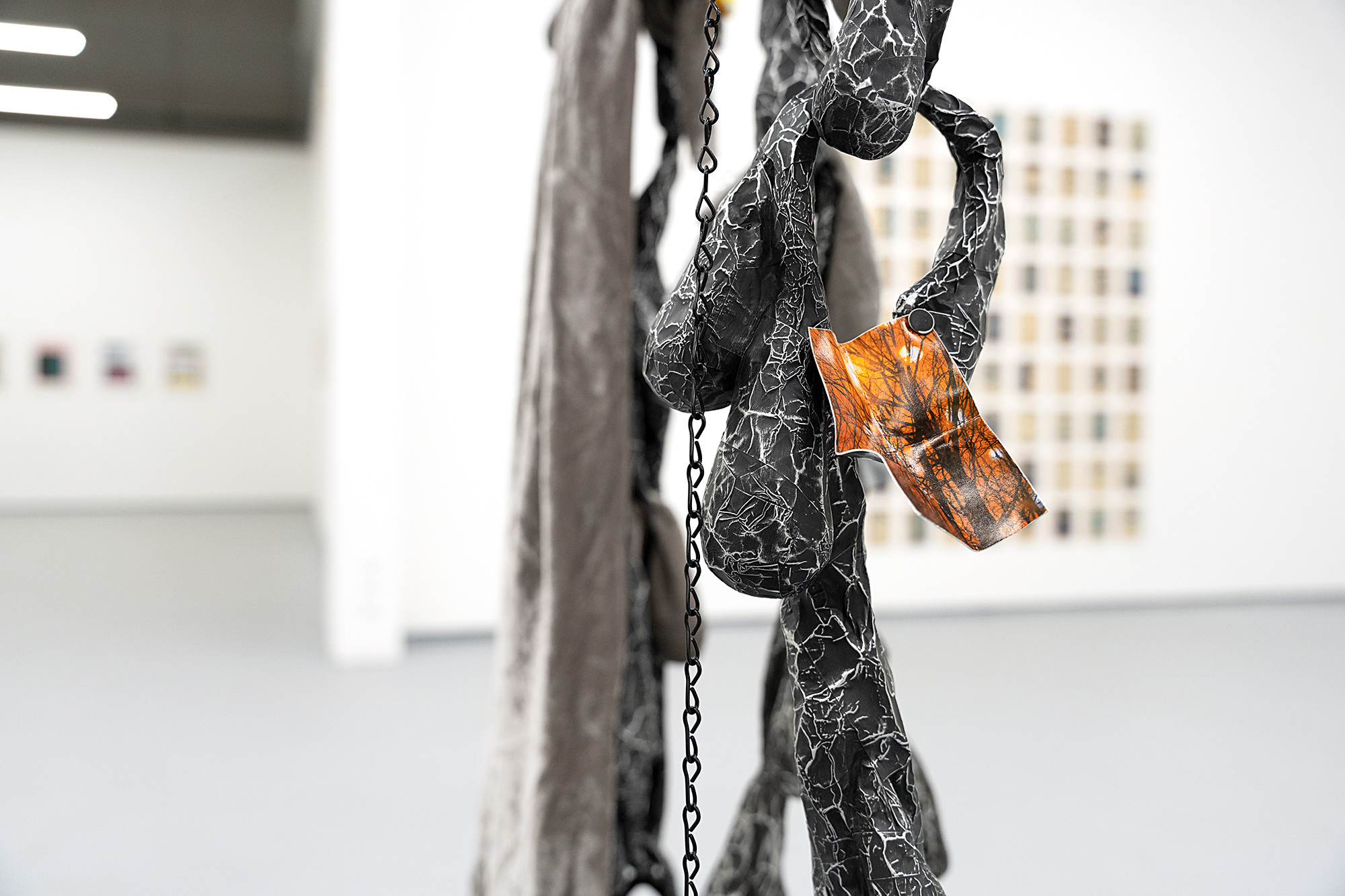

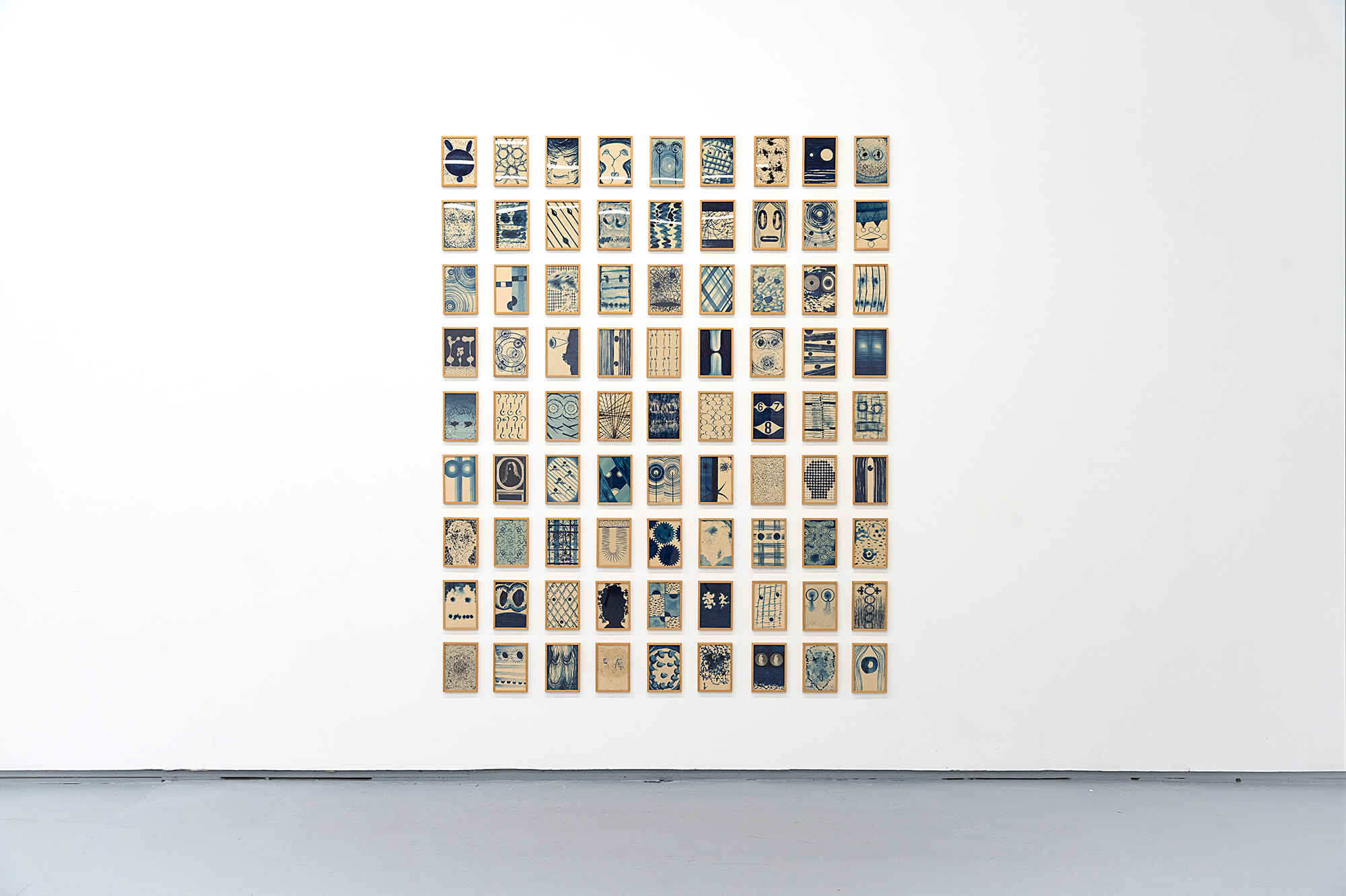


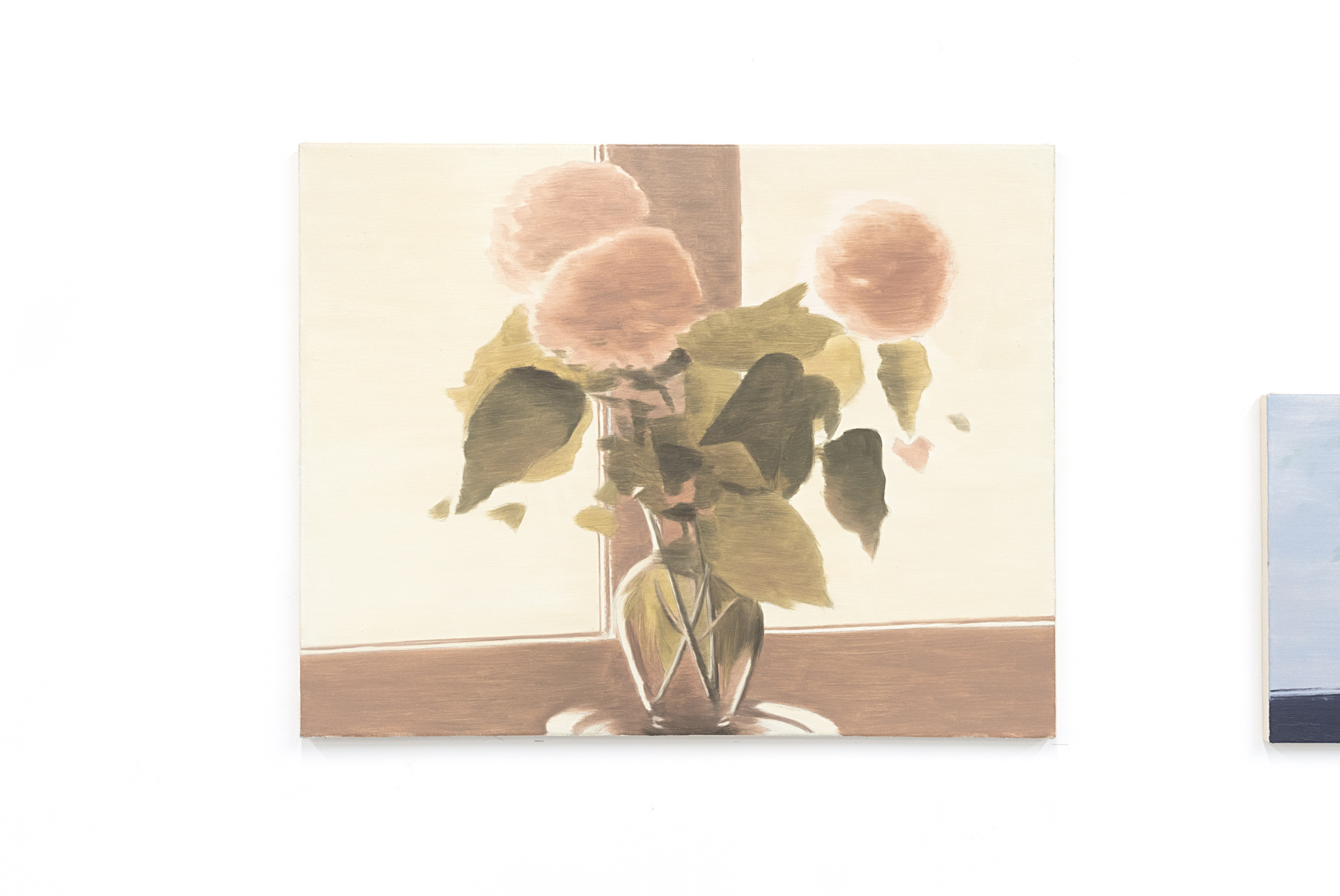
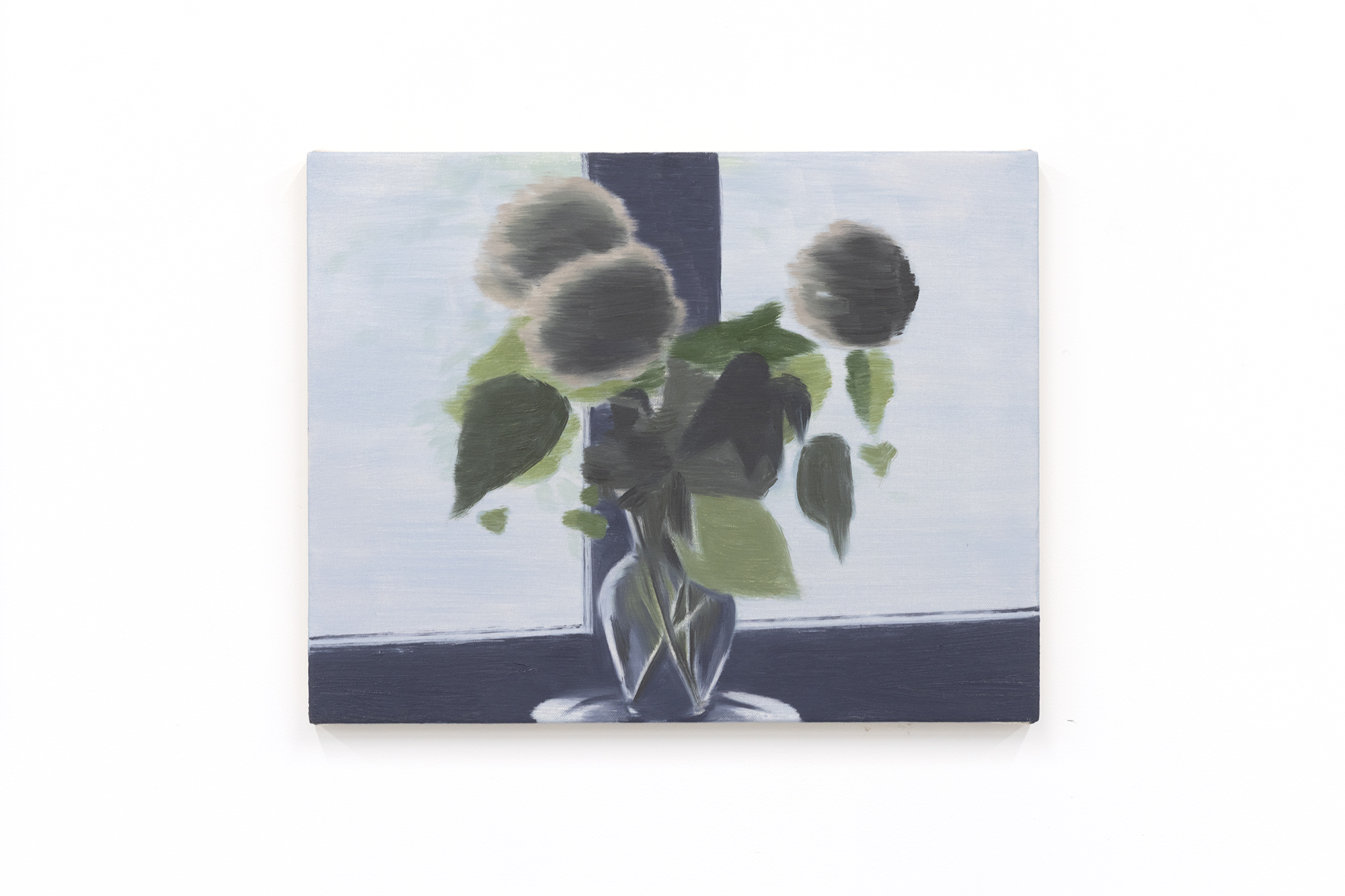
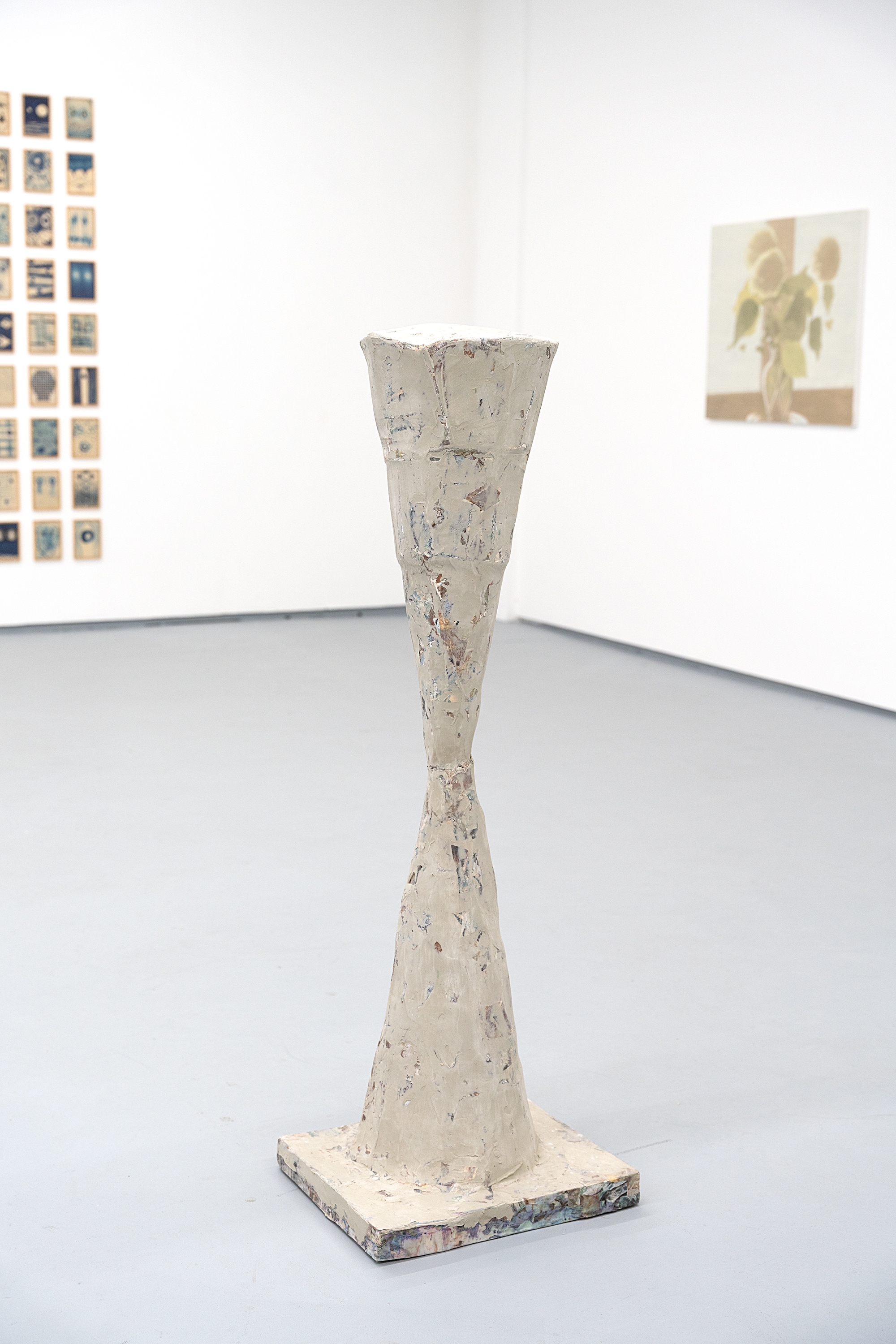

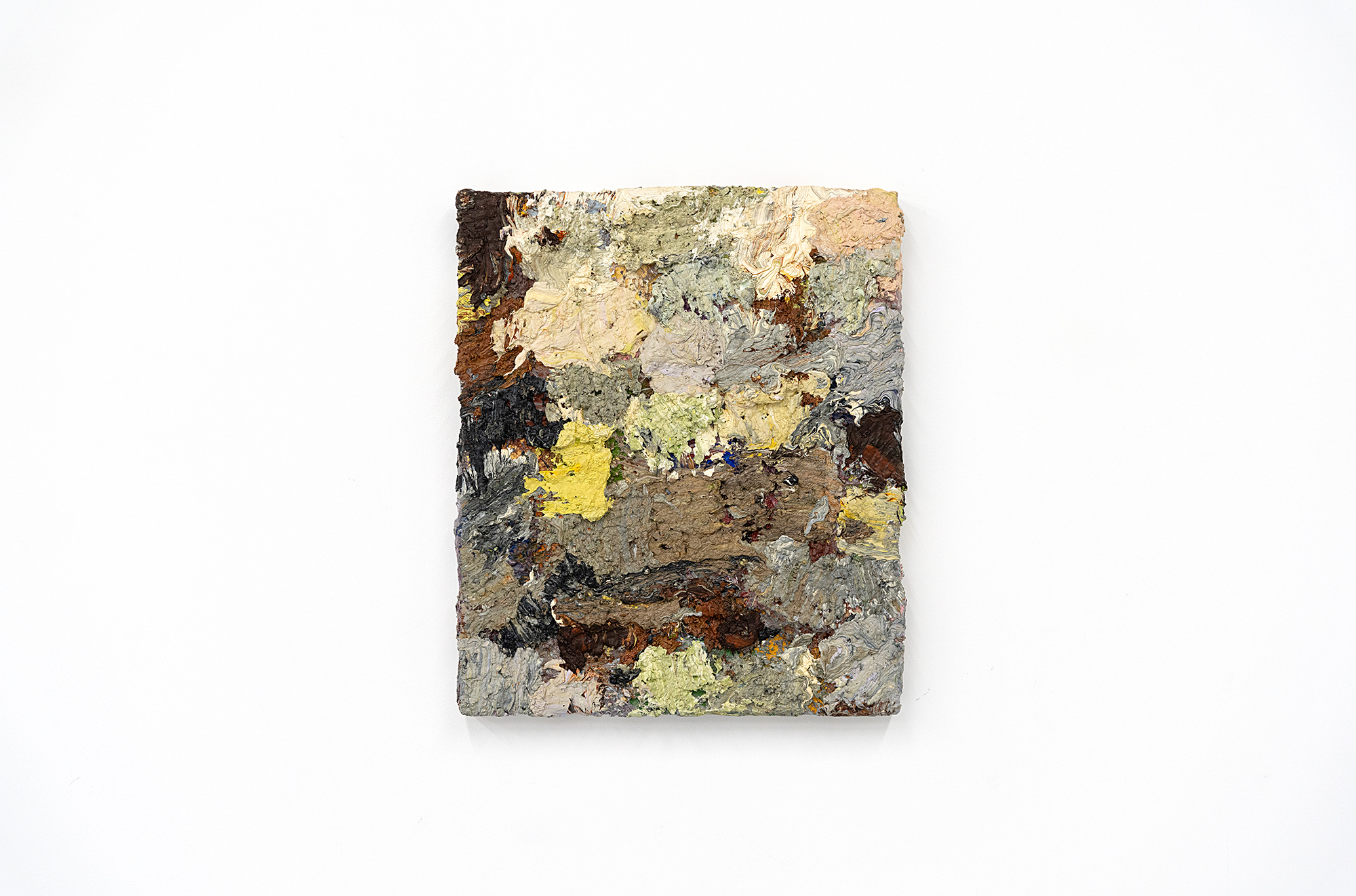

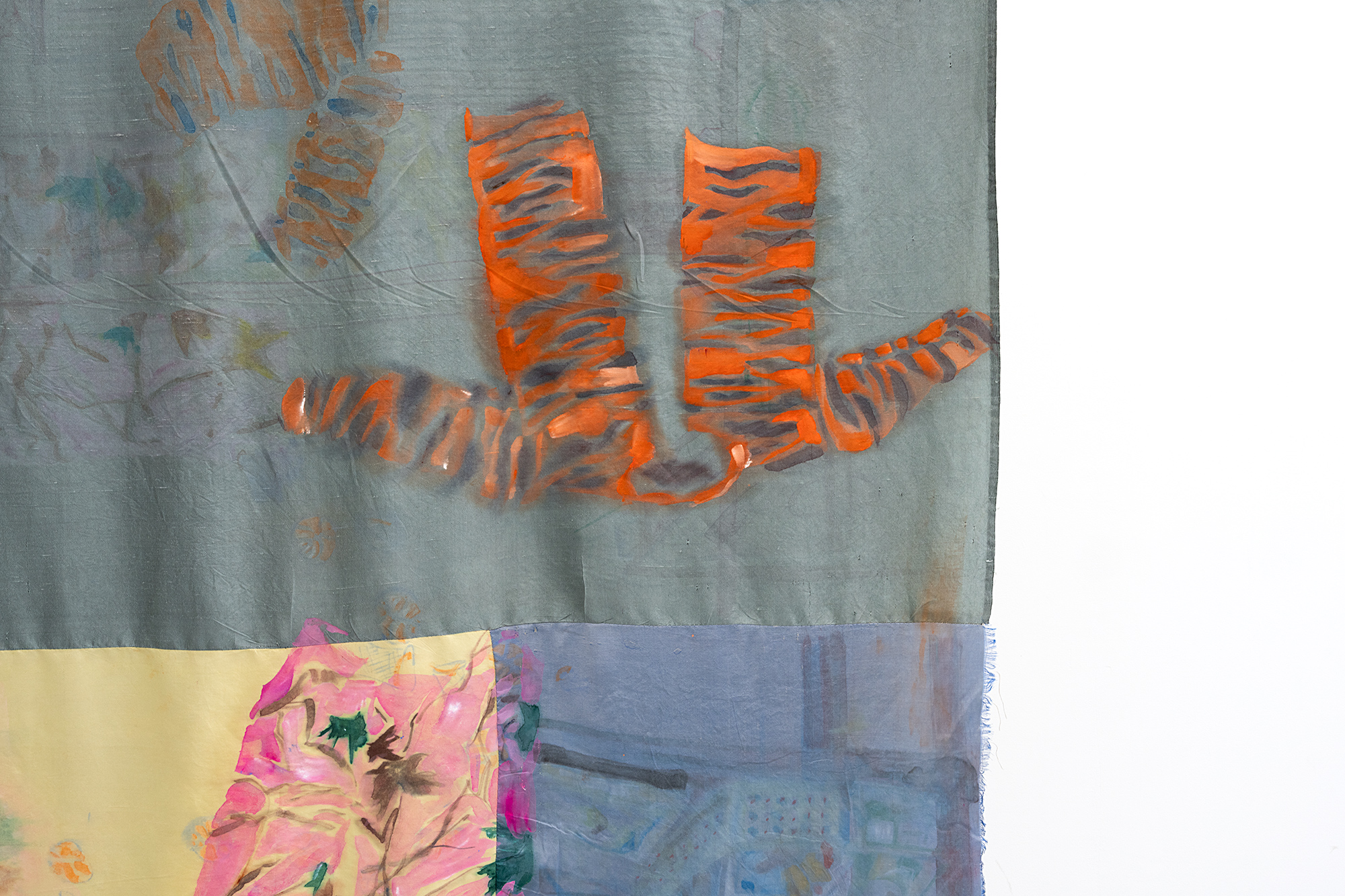


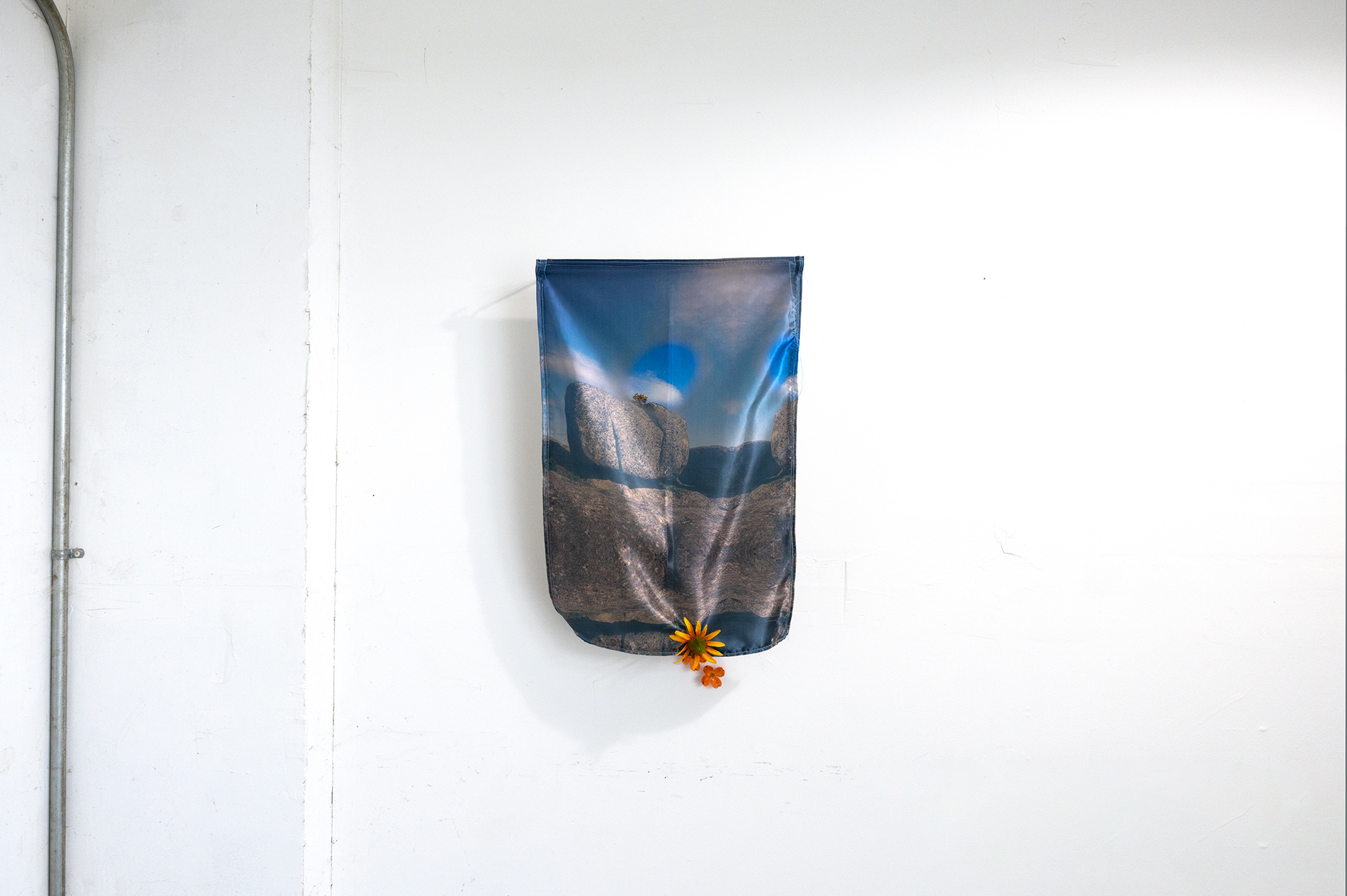
In the mid-1980s, Don DeLillo’s White Noise captured a world increasingly overwhelmed by media saturation—TV, radio, advertising—all forming a kind of background hum that dulls awareness while subtly shaping public perception. His portrayal of a society immersed in constant noise feels prophetic in today's cultural and digital landscape, where 24/7 news cycles, algorithm-driven content, and social media generate a relentless barrage of information. DeLillo’s vision of reality blurred by spectacle resonates deeply in our era of fake news, deepfakes, and online echo chambers, where it becomes difficult to distinguish truth from distortion.
This cultural disorientation is the backdrop for the exhibition Everything is Days, whose title is drawn directly from DeLillo’s novel: “Everything is barely weeks. Everything is days. We have minutes to live.” The quote underscores a pervasive sense of urgency and unease that mirrors contemporary political, social, and environmental instability. In such times, artists always step in—not necessarily with overt political messages, but by creating works that provide emotional and psychological counterweights to the instability around us. The works and installations in this exhibition interrupt the chaos, offering poetic reflections infused with thoughtfulness and sensual possibility. Through material, form, and imagination, the artists carve out moments of clarity—inviting viewers to pause, reflect, and perhaps reorient themselves amid the noise.
Each artist in Everything is Days engages with the present moment through layered processes—repetition, juxtaposition, and transformation. Their practices, whether through rendering, pattern, collage, or recontextualized objects, act as subtle acts of resistance and healing. These works don't shy away from the “dark stuff” that threatens to paralyze us. Instead, they meet it head-on, using art as a kind of ritual—complex, visionary, and grounded in hope. In doing so, they remind us of art’s enduring role: not only to mirror the world, but to offer new ways of navigating and imagining it.
Like much of her studio practice, Margaret Crowley’s recent sculptures and painted silk works are deeply rooted in the personal, drawing on both her lived experience and her family’s working-class history. With a profound reverence for the integrity found in blue-collar life—her father was a welder, her mother a hairstylist—Crowley grew up in communities shaped by skilled hands and the quiet dignity of labor. This grounding finds expression in the carefully paneled silk piece featured in the exhibition, which stitches together fragments of her studio practice alongside intimate references to her toddler’s blanket and outgrown newborn clothes. The result is a banner that honors the unfolding of a family narrative while gesturing toward the layered potential of the future.
In parallel with these themes of care and continuity, Crowley’s recent work also turns a focused eye on the physical and psychological toll of daily labor. After nearly a year accompanying her mother to physical therapy sessions following an occupational injury, she began translating these experiences into a series of gouache-on-silk paintings. Eschewing literal depictions of figures or clinical settings, Crowley instead captures what she calls “the particularities of repeated visits to a space.” These meditative works reflect not only the resilience embedded in honest work, but also the quiet, often unseen process of healing that follows it.
Isabel Kerkermeier engages with the visual language of urban advertising by repurposing shredded and stripped construction banners—ubiquitous elements around building sites. These large, printed screens, typically used to "beautify" chaotic construction zones with striking commercial imagery, are transformed in her studio into something far more abstract and surreal. Kerkermeier begins by deconstructing the panels to the point where the original imagery becomes fragmented and ambiguous. Through the meticulous process of pulling and unraveling individual threads from the woven fabric, she creates intricate, threadbare compositions that simultaneously expose the fragility of the image and the ephemeral nature of the subject. With precision and a keen sensitivity to both material and line, Kerkermeier discovers an unexpected beauty in these subtly destructive acts—one that reflects on transience, decay, and the layers beneath surface appearances.
Nick Ostoff’s recent bouquet paintings revisit a familiar genre through the lens of a distinctly contemporary sensibility. Their beauty emerges not only from the artist’s deft handling of form but also from the enigmatic chromatic and tonal atmospheres he conjures. Color is deliberately muted and skewed in each composition, evoking an environmental mood that feels on the edge of calamity—suggestive, even, of a nuclear aftermath. Hues drift into eerie blues and greens, contrast diminishes and focus dissolves. The expected comfort of floral imagery is subtly undermined, leaving the viewer suspended in a space that resists easy interpretation. What unfolds—or threatens to unfold—feels charged with unease, destabilizing both aesthetic pleasure and emotional certainty.
Included in Everything is Days, are three paintings by Joel Longenecker. Inspired by Emily Dickinson’s poem "Dear March – Come In!" the trio forms part of a larger series of eight works exploring the flux and flow of nature and the changing seasons. Focused on the transition from the dormancy of winter to the first stirrings of spring, the paintings seek to capture that moment when life begins to reemerge. Built up through accreted layers of pigment, the surfaces suggest a quiet tension—one can almost feel the buried energy beginning to press upward, ready to break through. Longenecker aims to evoke the feeling of March: when the earth begins to thaw, and bulbs, roots, and seeds push through the crust of soil, signaling a new season of growth. As metaphor, this movement from hidden to revealed, submerged to exposed, and stagnant to alive offers a quietly powerful sense of hope—an encouraging counterpoint to an otherwise uncertain time.
For this project, David Moreno presents one third of You Can Always Choose Your Own Face—a series comprising 243 unique, painted and framed “portraits” that follow a near-musical structure of theme and variation. Viewed through the lens of our collective present, these works can be seen as a visual expression of the psychological and emotional range we experience in an increasingly precarious world. Elation, paranoia, alienation, rage, fatigue, confusion, exuberance, joy, and more—all surface in response to a destabilized reality. As we navigate a life shaped by uncertainty, every emotional register rises to the surface, from the deeply joyful to the disorienting and unwelcome. David Moreno’s intimate paintings beautifully capture the emotional consequences of living amid constant stimulation, reflecting the strange coexistence of the ecstatic and the overwhelming.
Melissa Pokorny’s exuberant installation is a vibrant constellation of eccentric and inventive constructions. Her work explores layered experiences of time, weaving together the ephemeral (fast time), the banal and everyday (slow time), the cosmic (deep time), and the eternal (mythical or spiritual time) into moments of suspended stillness. Like other artists in this exhibition, Pokorny embraces repetition as a meditative or incantatory act. Through the deliberate layering of disparate materials and loosely connected imagery, she draws our attention to the interplay between place, matter, and spirit. What may initially seem chaotic or dissonant gradually reveals a quiet stability—an order emerging from intuitive assembly.
In dialogue with themes from White Noise, Pokorny’s work can be seen as a response to the fragmented and accelerated tempo of contemporary life. Where DeLillo depicts a world saturated with media, distraction, and disembodiment, Pokorny invites us to slow down, to engage with materiality, and to rediscover meaning in the tactile and the temporal. Her installation resists the noise not by confronting it, but by offering an alternate rhythm—a space for resonance, reflection, and reorientation.
Everything is Days affirms the role of art not just to mirror the world, but to navigate it—sensitively, courageously, and with hope. Through diverse voices and processes, this exhibition offers a shared language for making sense of a disordered reality, and for imagining what might lie beyond.
Dan Devening, May 2025